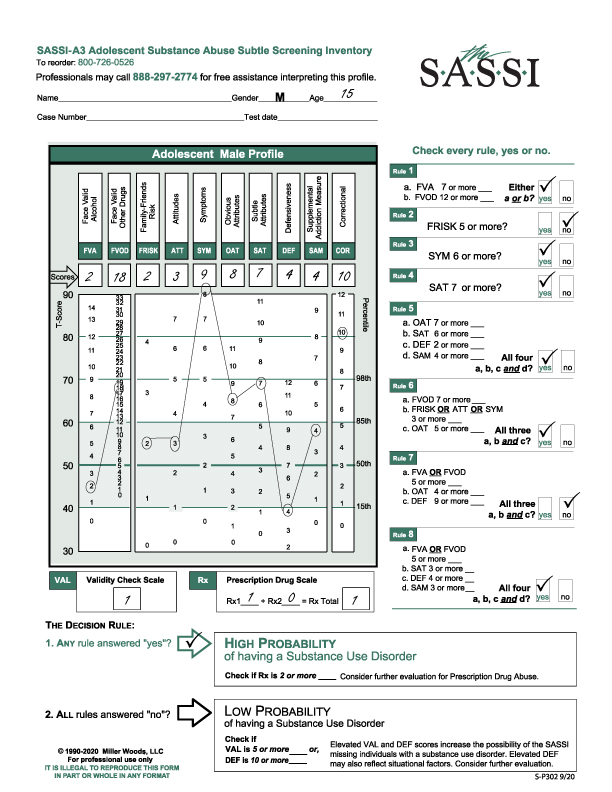SASSI Online is our web-based platform that supports the digital administration of the Adult SASSI-4, Adolescent SASSI-A3, and Spanish SASSI. It provides a report with interpretive paragraphs outlining the decision rules and results from client responses.
In this edition of SASSI Online Tips and Tricks we highlight the Distribution Group feature available on the Purchasing & Distribution Tab of the Purchaser’s Account Dashboard. Distribution Groups can only be created and managed by the user that holds the Purchaser role on the account for the organization. Visit the My Account tab to find out who the Purchaser is for your organization’s account.
Distribution Groups are for organizations that have more than one counselor registered to administer questionnaires. They allow for the Purchaser to distribute a purchased quantity of questionnaires among registered counselors or groups within an organization. A distribution group can be named for an actual group (e.g., intake evaluations) or individual counselors (e.g., Carlisle) within an organization.
To create a new Distribution Group, Click the “Purchasing & Distribution” tab and then click the “Manage Distribution Groups” button. Then click on the “Create New Distribution Group” button and enter the name for your new distribution group, then click submit. Once a Distribution Group is created you will need to add questionnaires and counselors to the group. Click the respective buttons on the newly created group to complete this task. Continued management is required as counselors are added to the account and new questionnaires are purchased.
If your organization does not have a need to limit access to purchased questionnaires because all registered counselors will be sharing available questionnaires, then there is no need to create a Distribution Group. All SASSI Online accounts have a Default Distribution Group that all registered counselors and purchased questionnaires are automatically added to.
If you are not currently using SASSI Online and would like to experience the features of the digital platform, create an account at www.sassionline.com. If you already have an account, let us know if you have any suggestions for our next edition of SASSI Online Tips and Tricks. As a bonus for reading this blog post to the end, reach out to us at blog@sassi.com, with the code phrase: Distribution Group, to request two free SASSI Online administrations!



